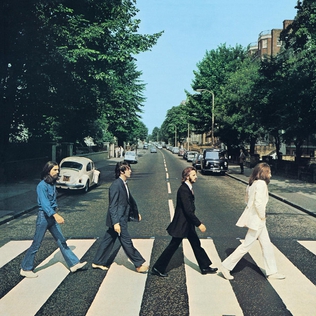In the last post, I shared some of the differences between the pedestrian experience in Seattle and the experience in the British Isles and Paris. While I do believe the urban experience in Europe is better overall than that in Seattle, I don’t think the reasons for that are sidewalks or mixed use or greenways or any of the common urban discussion topics in Seattle.
While Europe suffers as much, if not more than us, by having given up streets that were once used by everyone to be for cars only, the fact that Seattle’s roadways are at least twice as wide as the back streets of Paris already puts us at a huge disadvantage in terms of the pedestrian experience.
European town centers were built well before cars existed and this pedestrian-centered mode of development puts destinations close to each other and makes walking the most convenient way to get around. Paris isn’t a great city for pedestrians just because it has sidewalks.Many European cities also have extensive and well-used transit systems and they are also an essential part of the transportation network. But London didn’t become a great city by building a great underground network first. It became a great city that required a great transportation system.
A dedicated contingent of Seattlites fighting for bus service, sidewalks, and other urban amenities will never make Seattle a great city. To improve the transportation network here, Seattle could spend $4.5 billion to put sidewalks on every block. But providing amenities for walking doesn’t in itself create a great place to walk. We would be better served by investing in development to build shops in proximity to people and providing housing for people to support the shops.
The answer isn’t density, however – that’s too imprecise a word. Density can mean 40 story towers with 80 feet wide streets in between. Density is only successful when it supports compactness. Compactness can mean narrow streets and narrow sidewalks, an ideal of the urban landscape that may be hard for Seattle to implement today.But until we begin to value the spaces that keep us farther from the places we want to go, walkers will continue to be delayed and deterred by places that provide no value to the pedestrian. We can look to root out obstacles to compactness and anything that deadens the streetscape and keeps people off the street. Space-eating parking lots, large towers with giant underground parking garages, and abandoned storefronts all undermine a pedestrian-friendly urban area and keep people from enjoying our public squares.
With funding for alternative modes of transportation being cut in the latest national transportation bill, supporters of walking, biking, and riding have suffered a defeat. But this is an opportunity to realize that to create a great pedestrian environment, the path of least resistance isn’t convincing people to think that they want it. The solution is creating a place where people demand it.








